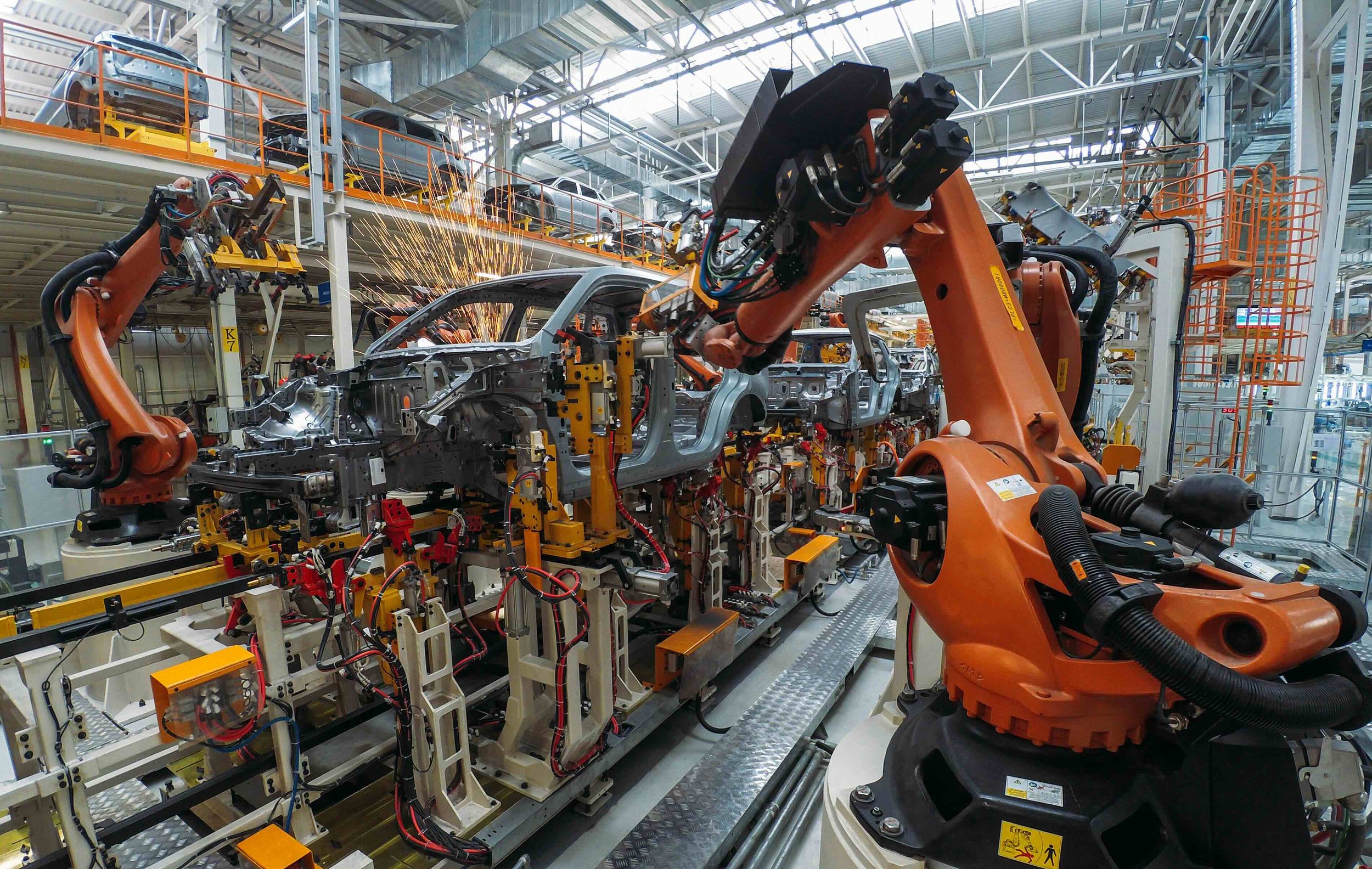Trends in Automotive Workforce Management
The automotive industry is navigating a period of rapid transformation, driven by technological advancements, evolving consumer preferences, and shifts in global market dynamics. Workforce management within this sector is evolving to address these changes effectively. Here are some key trends in automotive workforce management
1. Increasing Adoption of Flexible Work Arrangements
Flexible work arrangements, including remote work and flexible hours, are becoming more common in the automotive industry. This trend is driven by the need to attract and retain top talent, improve employee satisfaction, and adapt to disruptions like the COVID-19 pandemic. Companies are leveraging technology to facilitate remote collaboration and ensure productivity.
2. Emphasis on Continuous Learning and Upskilling
With rapid advancements in technology, there is a growing emphasis on continuous learning and upskilling within the automotive workforce. Companies are investing in training programs to keep their employees updated on the latest technologies and industry practices. This includes areas such as electric vehicles (EVs), autonomous driving technologies, and advanced manufacturing techniques.
3. Integration of Advanced Recruitment Technologies
The integration of advanced recruitment technologies, such as AI-powered applicant tracking systems (ATS) and predictive analytics, is streamlining the hiring process. These tools help companies identify the best candidates quickly and efficiently, reducing time-to-hire and improving the quality of hires. Additionally, virtual reality (VR) and augmented reality (AR) are being used for immersive training and onboarding experiences.
4. Focus on Diversity and Inclusion
Diversity and inclusion are becoming critical components of workforce management strategies in the automotive industry. Companies are recognizing the benefits of diverse teams, including enhanced creativity, better decision-making, and improved company reputation. Efforts to promote diversity and inclusion include implementing unbiased recruitment processes, offering diversity training, and fostering an inclusive workplace culture.
5. Adoption of Agile Workforce Strategies
Agile workforce strategies are being adopted to enhance flexibility and responsiveness to market changes. This includes the use of temporary staffing and contract workers to address short-term needs and manage production fluctuations. By maintaining a mix of permanent and temporary employees, companies can quickly scale their workforce up or down based on demand.
6. Leveraging Data Analytics for Workforce Planning
Data analytics is playing an increasingly important role in workforce planning and management. Companies are using data-driven insights to forecast labor needs, identify skill gaps, and optimize workforce allocation. Predictive analytics can also help in succession planning and identifying future leaders within the organization.
7. Enhancing Employee Experience and Engagement
Enhancing employee experience and engagement is a top priority for automotive companies. Strategies to improve engagement include offering competitive compensation and benefits, providing career development opportunities, and fostering a positive workplace culture. Companies are also focusing on employee well-being by offering wellness programs and creating a supportive work environment.
8. Focus on Sustainability and Corporate Social Responsibility (CSR)
Sustainability and corporate social responsibility (CSR) are increasingly influencing workforce management in the automotive industry. Companies are integrating sustainable practices into their operations and encouraging employees to contribute to environmental and social initiatives. This focus on sustainability not only attracts environmentally conscious talent but also enhances the company's reputation.
9. Preparation for Future Technological Disruptions
As the automotive industry embraces new technologies like electric vehicles, autonomous driving, and connected cars, workforce management strategies are being adapted to prepare for these disruptions. This includes recruiting talent with expertise in these emerging technologies and providing existing employees with training to adapt to new roles and responsibilities.
10. Strategic Partnerships with Educational Institutions
To address the skills gap and ensure a steady pipeline of talent, automotive companies are forming strategic partnerships with educational institutions. These partnerships involve collaboration on curriculum development, offering internships and apprenticeships, and supporting research initiatives. By working closely with universities and technical schools, companies can ensure that graduates possess the skills needed for the industry's future.
In conclusion, effective workforce management in the automotive industry requires a proactive and flexible approach to adapt to the rapid changes and emerging trends. By embracing these trends, automotive companies can build a resilient and future-ready workforce that drives innovation and growth.

